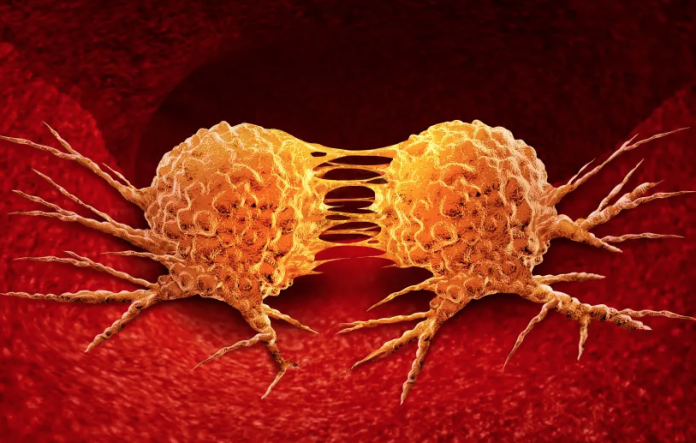Although some countries have banned their use, these chemicals are found in many consumer products. Now, the first study of its kind has proven a link between them and liver cancer.
There’s growing evidence that regular exposure to a group of chemicals used in a variety of household items like pots and pans is connected to an increase in cancer rates.
A new study examining the correlation between liver cancer and the presence of these chemicals in humans found that people with the highest levels of exposure were hundreds of percent more likely to eventually develop the disease.
PFAS are a large group of 4700 chemicals that contaminate soil and groundwater since the substances within the chemicals break down very slowly and accumulate over time, and this process also occurs in the body.
PFAS, used in many consumer and industrial products, were first discovered in the blood of people who worked with these chemicals in the 1970s. In the 1990s they were found in the blood of people who didn’t work with chemicals, leading to a growing awareness of the potential health risks.
This study published in JHEP Reports is the first to show a clear link between any types of PFAS and liver carcinoma in humans.
New study tracking related cancers
A research team at the Krelated eck School of Medicine at the University of Southern California was able to use human samples collected as part of a large epidemiological study, a collaboration between Keck and the University of Hawaii called the Multiethnic Cohort Study.
This project followed more than 200,000 residents of Los Angeles and Hawaii to check if they developed cancer and/or other diseases.
This pool of human blood and tissue samples allowed the research team to find 50 participants who eventually developed liver cancer, evaluate blood samples taken before their cancer diagnosis, and compare 50 people who didn’t develop cancer during the same study.
Veronica Wendy Stevan, PhD, professor of population and public health sciences at Keck states that one reason there have been few human studies is that you need the right samples. In order to check if environmental exposure is a factor in a person developing cancer, samples of blood and tissue are needed several years before diagnosis in order to track the disease’s progression.
Researchers found several types of PFAS in the blood samples taken before a participant developed liver cancer.
Are PFAs linked to liver cancer?
The study found that the strongest link was between PFAS and liver cancer and that subjects in the top 10% of PFAS exposure were 4.5 times more likely to develop liver cancer than those with the lowest blood levels of PFAS.
The research team was also able to show the possible ways in which PFAS altered the normal function of the liver. Their evaluation of samples found evidence that PFAS appears to alter the normal process of glucose metabolism, bile acid metabolism and the metabolism of branched-chain amino acids in the liver.
Disruption of normal metabolic processes in the liver can cause more fat to accumulate in the liver, a condition known as non-alcoholic fatty liver disease. There has been a dramatic and inexplicable increase in this disease worldwide in recent years, which is concerning because people with it have a much higher risk of developing liver cancer.
According to estimates, fatty liver disease is expected to affect 30% of all US adults by 2030.
Source: JPOST






